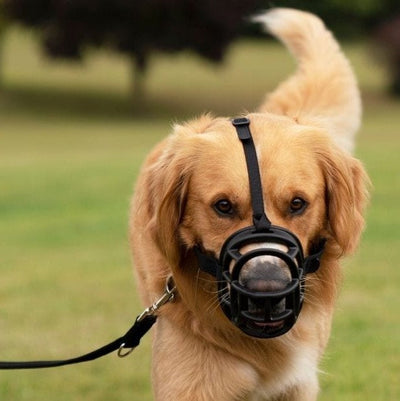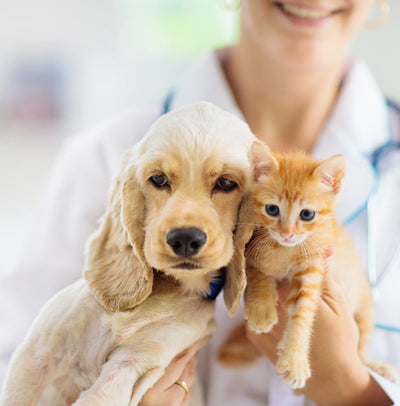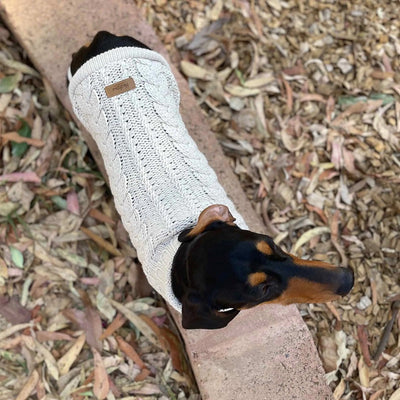Sometimes, you just want a simple answer to a question but the older we get the wiser we become and the more we realise that very few questions have simple answers. One guaranteed single answer is that sun will rise every but when it comes to what the best way to feed your dog is, well there are a multitude of answers to this question. Should you feed raw food? Should you feed dry food? What about tinned food? All of these are potentially good diets for the health and longevity of your pet. Which one is best will depend on the age of your pet, health requirements and issues of the pet and even how much time you have each day when it comes to feeding and food preparation.
Remember it's all about the quality
Whether its wet food or dry food what matters the most is the quality of the ingredients in the food and its suitability for the life stage of your pet. There are three things to look for when choosing any food for your dog. The first is to look for single or very limited protein sources as the number one ingredient. Meat by product is just fine, but it should be sole source so avoid food that list multiple sources (eg lamb and or pork and or chicken).
The food should match the life stage of your pet, pups have different requirements to adults and adults have different nutritional requirements to senior dogs. It's important to realise that no food no matter what they claim can meet all of the nutritional requirements of each life stage of a dog. Finally, look for consistantancy in the formulation of food. Those that change in formulation can lead to an upset stomach and loose stools for your pet. The best way to spot a poor-quality diet is to see what is left behind. If your pet’s stools are loose, smell, or your pet suffers from flatulence there is a good chance it's because of low quality ingredients in poor quality food.
Why go for dry food?
Look at the label of any type of dog food and it will show the nutritional analysis of the food. A part of this is moisture content. In dry food this is very low whilst in wet food it can make up to 80% of the food. Moisture is essentially water so obviously you’re going need to feed more wet food compared to dry food and as a result, the cost per feed is cheaper. Dry food also has an added bonus of aiding in good dental health as the dogs have to crunch and break up the biscuits and this natural aids in keeping your pet’s teeth clean and prevents the build-up of tartar. Dogs will always drink more water when feed solely on dry diets so it’s important to ensure that there is plenty of water always available for them.
The case for wet food
Although not as cost effective as dry food, wet has two things going for it that are well worth considering. Some dogs simply don’t drink enough water so wet food assists greatly with hydration levels. This is particularly important with senior dogs, when the weather is hot and also for dogs that are prone to urinary tract issues which may include the formation of crystals and kidney stones. Where breeds are prone to these problems a more diluted urine (one with a lower salt and mineral content) is preferable.
Wet food is usually more palatable so it's great for fussy eaters and can be very useful for senior dogs as their sense of taste and smell can become compromised as part of the aging process.
Of course, nothing is stopping you from feeding a combination of the two types of food. A good example would be use one of the foods that has a large amount of gravy in the wet formula and putting a spoonful or two of the dry food.
For further information, call in & see us in the store, or email us: admin@weknowpets.com.au
4/72-76 Station St Bowral NSW 2576
PH: 024862 1175
© weknowpets 2018





